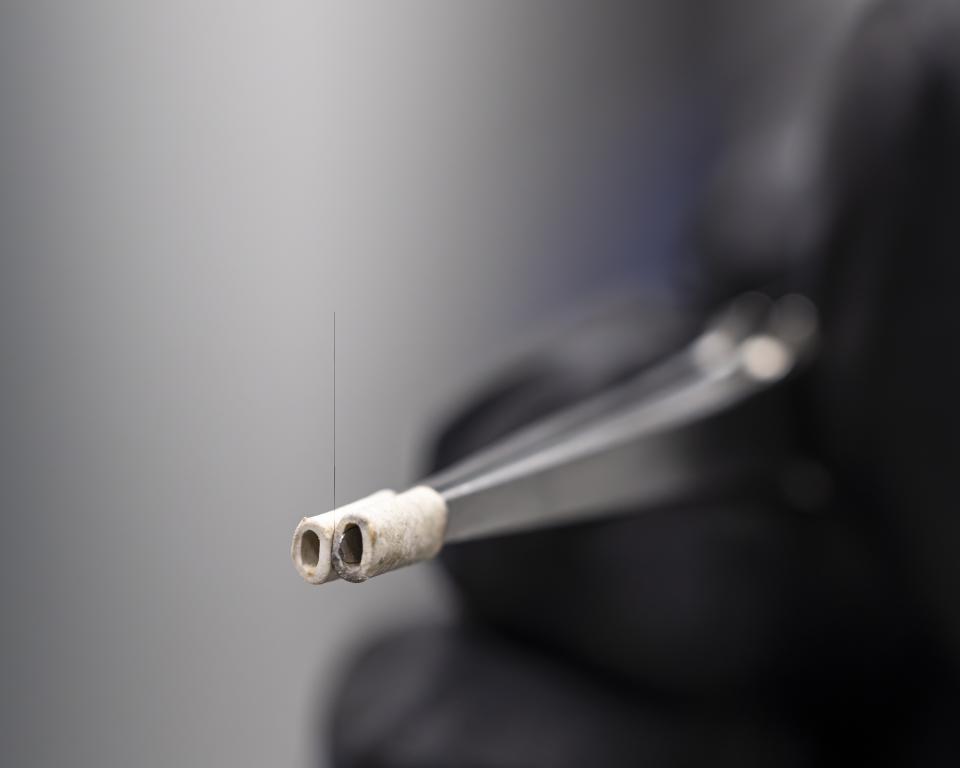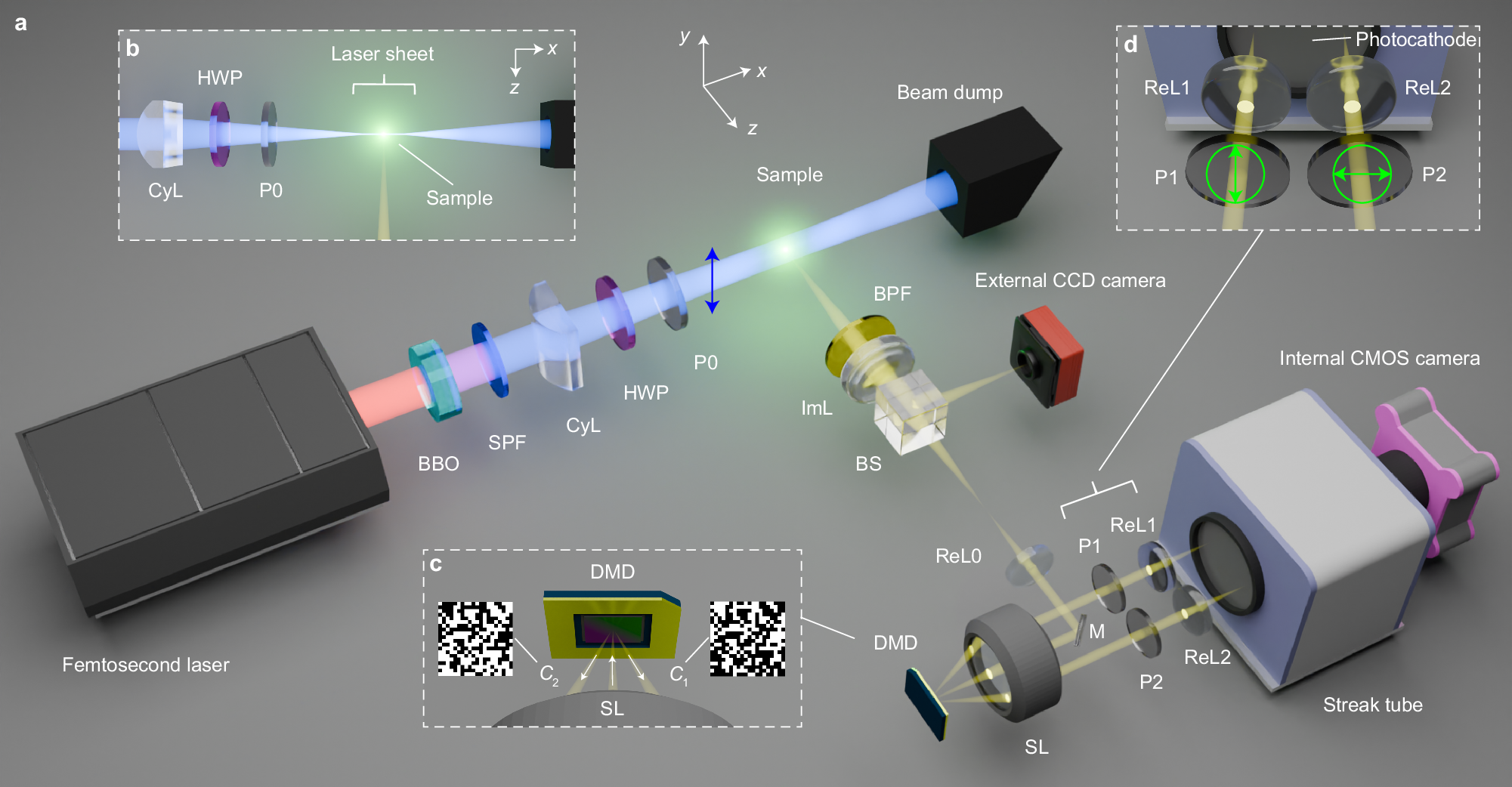2025-06-17 オークリッジ国立研究所(ORNL)

A carbon fiber is prepared for mounting in a device to test its adhesion to a polymer matrix. ORNL researchers are using polymer nanofibers to increase the adhesion, and thus the performance, of carbon fiber composites. Credit: Carlos Jones/ORNL, U.S. Dept. of Energy
<関連情報>
- https://www.ornl.gov/news/nanofibers-yield-stronger-tougher-carbon-fiber-composites
- https://advanced.onlinelibrary.wiley.com/doi/abs/10.1002/adfm.202502972
高性能複合材料のための物理化学的に秩序化された界面の設計 Designing Physicochemically-Ordered Interphases for High-Performance Composites
Sumit Gupta, Tanvir Sohail, Marti Checa, Michael D. Toomey, Logan T. Kearney, Rajni Chahal, Sargun S. Rohewal, Nihal Kanbargi, Swarnava Ghosh, Liam Collins, David McConnell …
Advanced Functional Materials Published: 26 February 2025
DOI:https://doi.org/10.1002/adfm.202502972
Abstract
To enhance the mechanical properties of carbon fiber-reinforced polymer composites, a physicochemical scaffold is designed incorporating microscopically architected chemically reactive nanofibers that act as a multiscale bridge between the carbon fibers and the matrix. Thermally activated nanofibers leverage their morphologically driven mechanochemical properties to form covalent bonds with adjacent polymer molecules, creating a co-continuous network that dramatically enhances fiber-matrix load transfer. By meticulously controlling the nanofiber architecture through variable surface area, functional group availability, and polymer chain alignment effects, the extent of covalent bonding between nanofibers and the matrix is manipulated ultimately resulting in improved carbon fiber-matrix adhesion. The concept was validated using polyacrylonitrile nanofibers within an acrylonitrile butadiene styrene matrix in a discontinuous carbon fiber-reinforced composite system. Nanomechanical studies using atomic force microscopy and low-field nuclear magnetic resonance spectroscopy confirmed immobilized, chemically transferred, and ordered nanostructures at the interphase. The resulting composites demonstrated ≈56% and ≈175% improvements in tensile strength and toughness, respectively, compared to composites without nanofiber. Comprehensive thermal, rheological, and X-ray scattering analyses, along side all-atomic molecular dynamics simulations, revealed the fundamental mechanisms behind these improvements in mechanical behavior. The versatility and efficacy of the approach have the potential to address longstanding interphase challenges in the composite industry.


